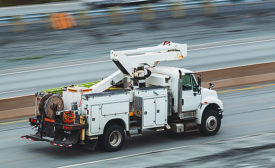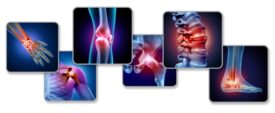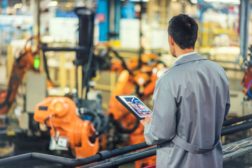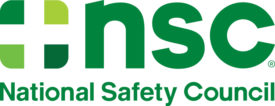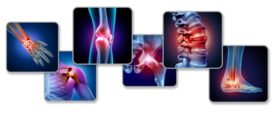Home » Keywords: » musculoskeletal injuries
Items Tagged with 'musculoskeletal injuries'
ARTICLES
Training
Invest in workers to prevent absenteeism, cut operating costs
Preventative training is essential when there is risk of workplace injury
May 17, 2022
Health
Focus On | Early intervention
A comprehensive guide to the emerging field of athletic trainers and industrial athletes
April 12, 2022
Become a Leader in Safety Culture
Build your knowledge with ISHN, covering key safety, health and industrial hygiene news, products, and trends.
JOIN TODAYCopyright ©2025. All Rights Reserved BNP Media.
Design, CMS, Hosting & Web Development :: ePublishing


